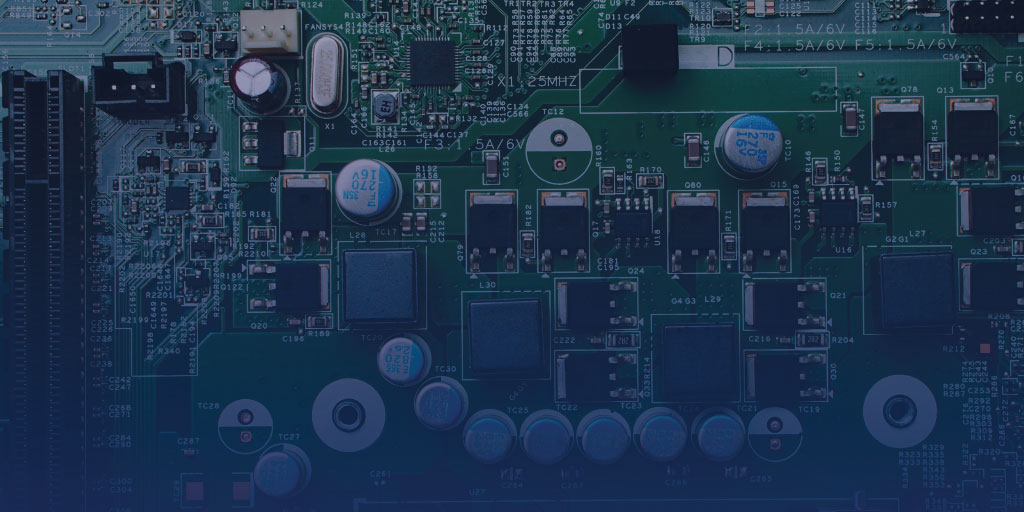Component obsolescence affects almost all segments of the electronics industry. Understanding the driving causes and how to manage them can help your business thrive.
Electronic manufacturers in high-reliability verticals — military, aerospace, medical — have traditionally put a heavy focus on component obsolescence management. These days, no segment of the electronics industry can afford to overlook its importance to business longevity.
Here are four reasons why component obsolescence management is becoming a standard practice and how you can plan for it:
1. More components are becoming obsolete at a faster pace
Parts become obsolete when they are no longer manufactured by the original manufacturer (OCM). Low demand that cut into profit margins and discontinued technologies can prompt the OCM to put a halt to manufacturing.
According to a report from IHS Market, component manufacturers per day issue 15 end-of-life (EOL) and 38 product change notifications (PCN). A comparison of the past two decades shows the average life cycle for integrated circuits (IC) has decreased by about 30% on average.
(source: IHS Market)
2. Mergers and acquisitions in the upstream impact product life cycles
Mergers and acquisitions (M&A) of component supplier-base companies have, since late 2015, played a major role in increased product consolidation and technology upgrades. The result: more EOL notifications. For instance, an EMS company has seen a 15% increase in the number of EOL notices from their suppliers in an 18 months period. M&As also impact product life cycles as more modern technologies are introduced and products are replaced faster than ever before. In 1970, the life cycle of a semiconductor was expected to be 30 years. Today, that number has been reduced by 66% to 10 years.
3. Consumer demand for newer end-products shorten component life cycles
Insatiable consumer appetite for newer and smarter electronic products contributes to the shortening of component life cycles. A third of all household electronics purchases stem not from the fact the old units have malfunctioned but because consumers want to upgrade. Frequent product launches (think Apple and Samsung) consequently reduce the life cycle of some electronic components.
Take the iPhone as an example: from the first iPhone in 2007 to the latest iPhone XS, the product life span has decreased from three to less than one year. This means some components for the iPhone XS were designed to last less than 12 months
4. Changes in government regulations increase EOL speeds
Additionally, changes in government regulations and the economy also lead to more EOL notices. In 2013, the number of EOL notices reached historical highs of 5,804 as a result of revisions to the European Union’s REACH legislation.
What is the best practice for component obsolescence management?
To manage component obsolescence issues, designing and implementing a proactive and systemic approach is essential. Consider the following steps when you create an obsolescence management plan:
Consider an obsolescence management strategy during a product’s design stage
Working with a trusted and resourceful supply chain partner can help design teams obtain information and gain a better understanding of the product life cycle forecast. Avoiding spec-in products that are close to being obsolete can reduce the risk of running into obsolescence challenges in the production phase.
Find a supply chain partner to manage component’s lifetime inventory
A supply chain partner can help source, purchase, and secure inventory in warehouses certified in accordance with the highest industry standards — all while meeting order deadlines. This approach will ensure the right quantity of components is available for production. If production runs longer than expected, your partner can assist you to source additional obsolete items through their qualified global supplier networks.
Consider a range of component obsolescence management programs for different parts
There is no “one-size-fits-all” solution for managing obsolete parts. Depending on product type, market conditions, time in the market, and required product volume, the sourcing plan for each part could be unique. An experienced supply chain partner with access to an array of historical data can help identify the availability of excess components in the market and provide the best cost and warehousing options for parts at the risk of obsolescence.
Need a partner? 联系我们 for more information.
Related Posts:

